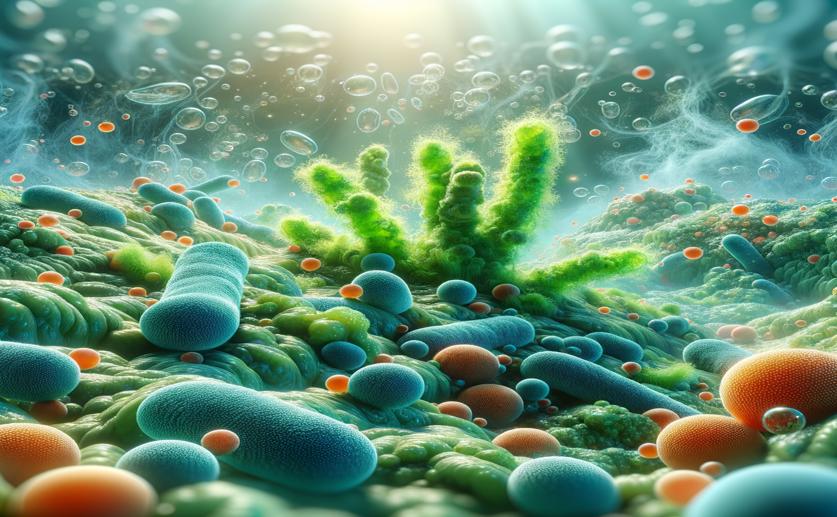
How Bacteria That Boost Algae Growth Adapt to Biogas Conditions
Greg Howard
18th March, 2024

Image Source: Natural Science News, 2024
Key Findings
- In a synthetic biogas environment, the bacterium A. brasilense adapts by changing the activity of 394 genes
- Some genes increased activity boosts microalgae growth, aiding renewable energy production from biogas
- The study suggests A. brasilense could be key in converting biogas to clean energy through microalgae
References
Main Study
1) Metabolic and physiological adaptations of microalgal growth-promoting bacterium Azospirillum brasilense growing under biogas atmosphere: a microarray-based transcriptome analysis.
Published 16th March, 2024
https://doi.org/10.1007/s00203-024-03890-z
Related Studies
2) Active indole-3-acetic acid biosynthesis by the bacterium Azospirillum brasilense cultured under a biogas atmosphere enables its beneficial association with microalgae.
3) Synergic association of the consortium Arthrospira maxima with the microalga growth-promoting bacterium Azospirillum cultured under the stressful biogas composition.
4) The Azospirillum brasilense type VI secretion system promotes cell aggregation, biocontrol protection against phytopathogens and attachment to the microalgae Chlorella sorokiniana.
5) Impact of seed-applied fungicide and insecticide on Azospirillum brasilense survival and wheat growth-promoting ability.



 17th March, 2024 | Greg Howard
17th March, 2024 | Greg Howard